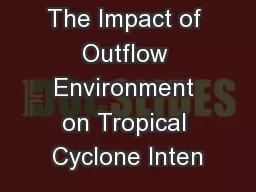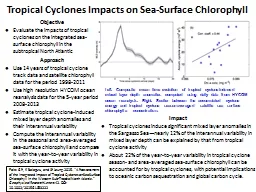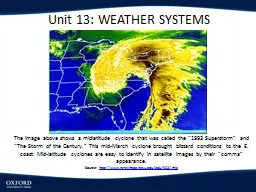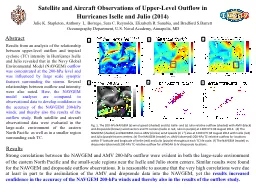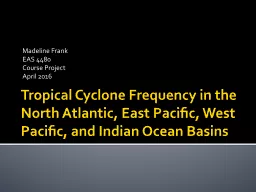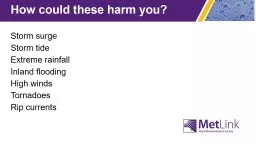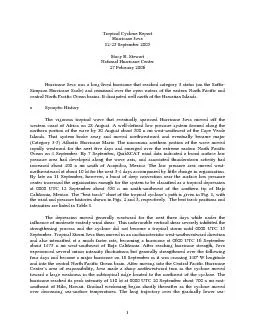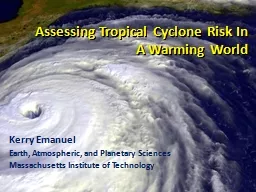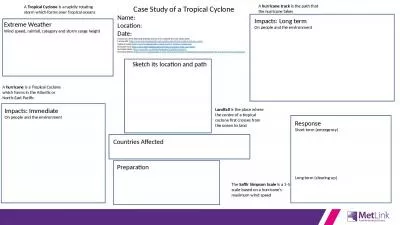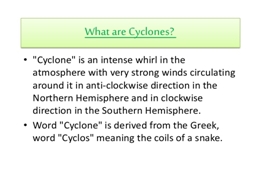PPT-The Impact of Outflow Environment on Tropical Cyclone Inten
Author : tatyana-admore | Published Date : 2017-12-17
Eric D Rappin Michael C Morgan and Gregory J Tripoli J Atmos Sci Volume 68 February 2011 ATM 527 Paper Discussion Patrick Duran 332014 Thoughts Motivation TC environment
Presentation Embed Code
Download Presentation
Download Presentation The PPT/PDF document "The Impact of Outflow Environment on Tro..." is the property of its rightful owner. Permission is granted to download and print the materials on this website for personal, non-commercial use only, and to display it on your personal computer provided you do not modify the materials and that you retain all copyright notices contained in the materials. By downloading content from our website, you accept the terms of this agreement.
The Impact of Outflow Environment on Tropical Cyclone Inten: Transcript
Download Rules Of Document
"The Impact of Outflow Environment on Tropical Cyclone Inten"The content belongs to its owner. You may download and print it for personal use, without modification, and keep all copyright notices. By downloading, you agree to these terms.
Related Documents

